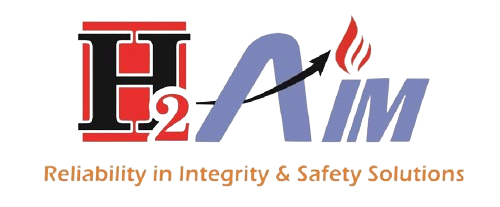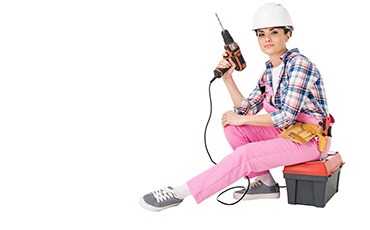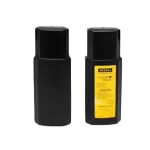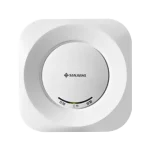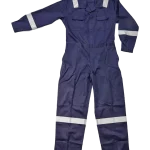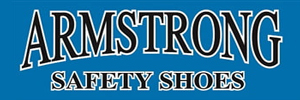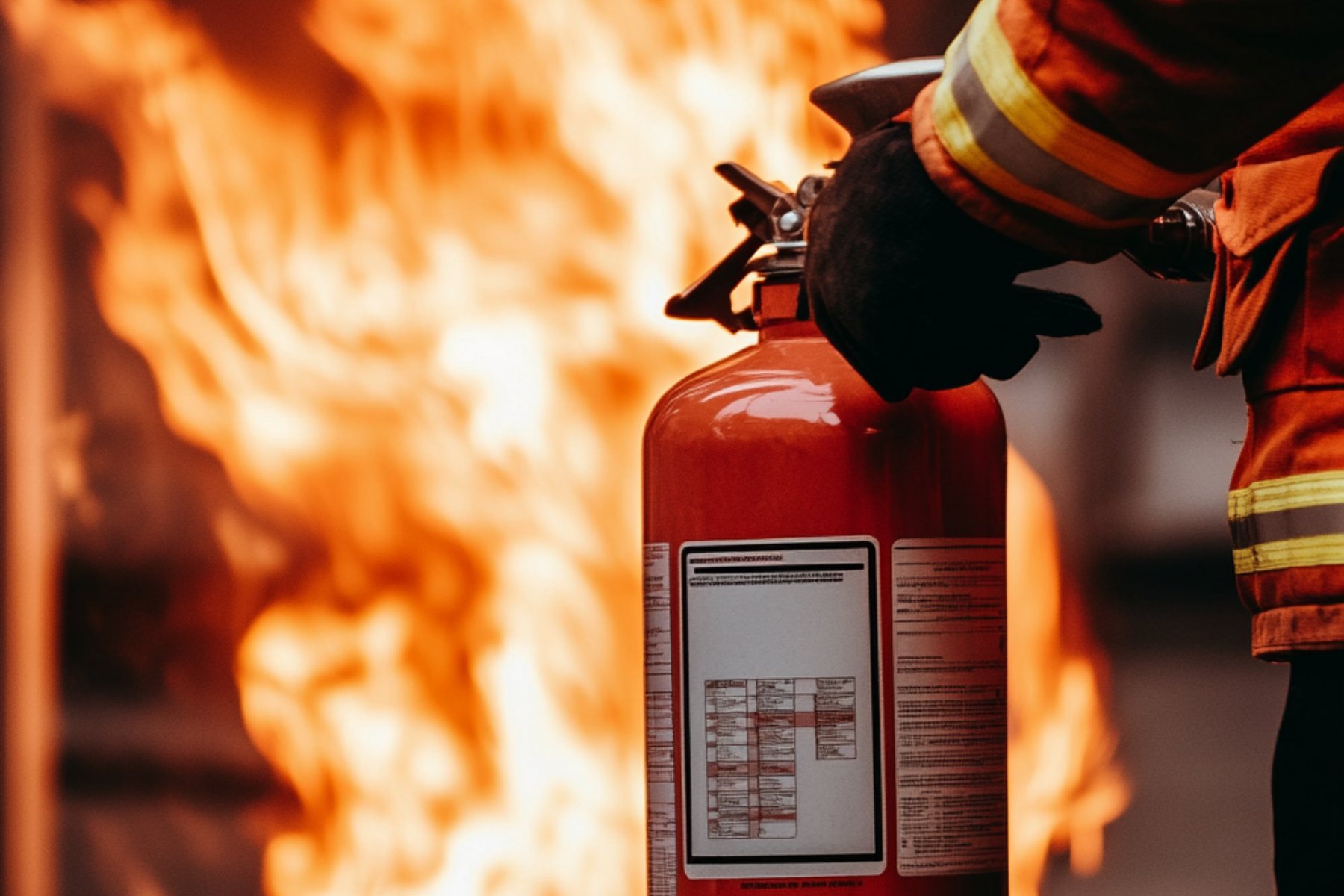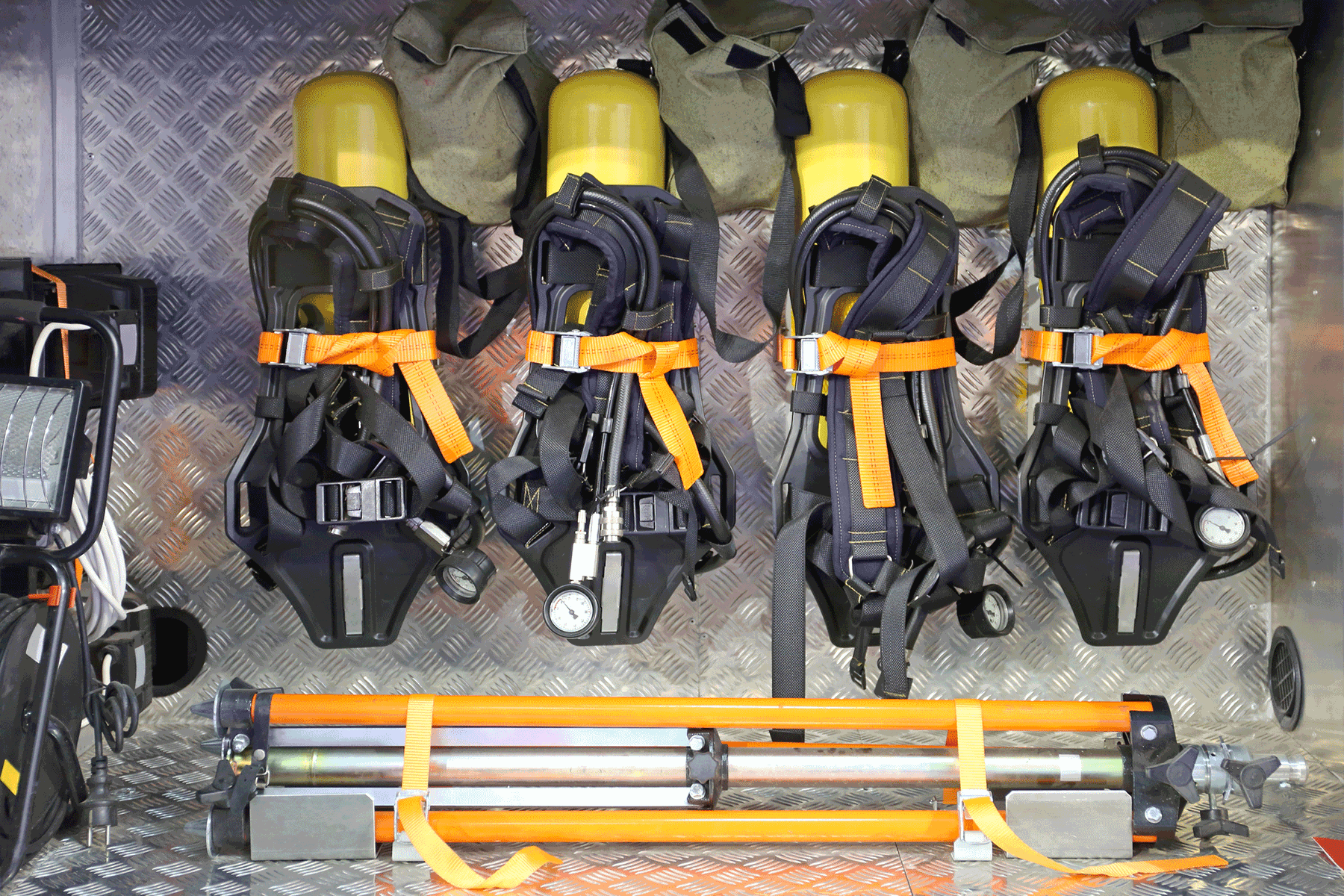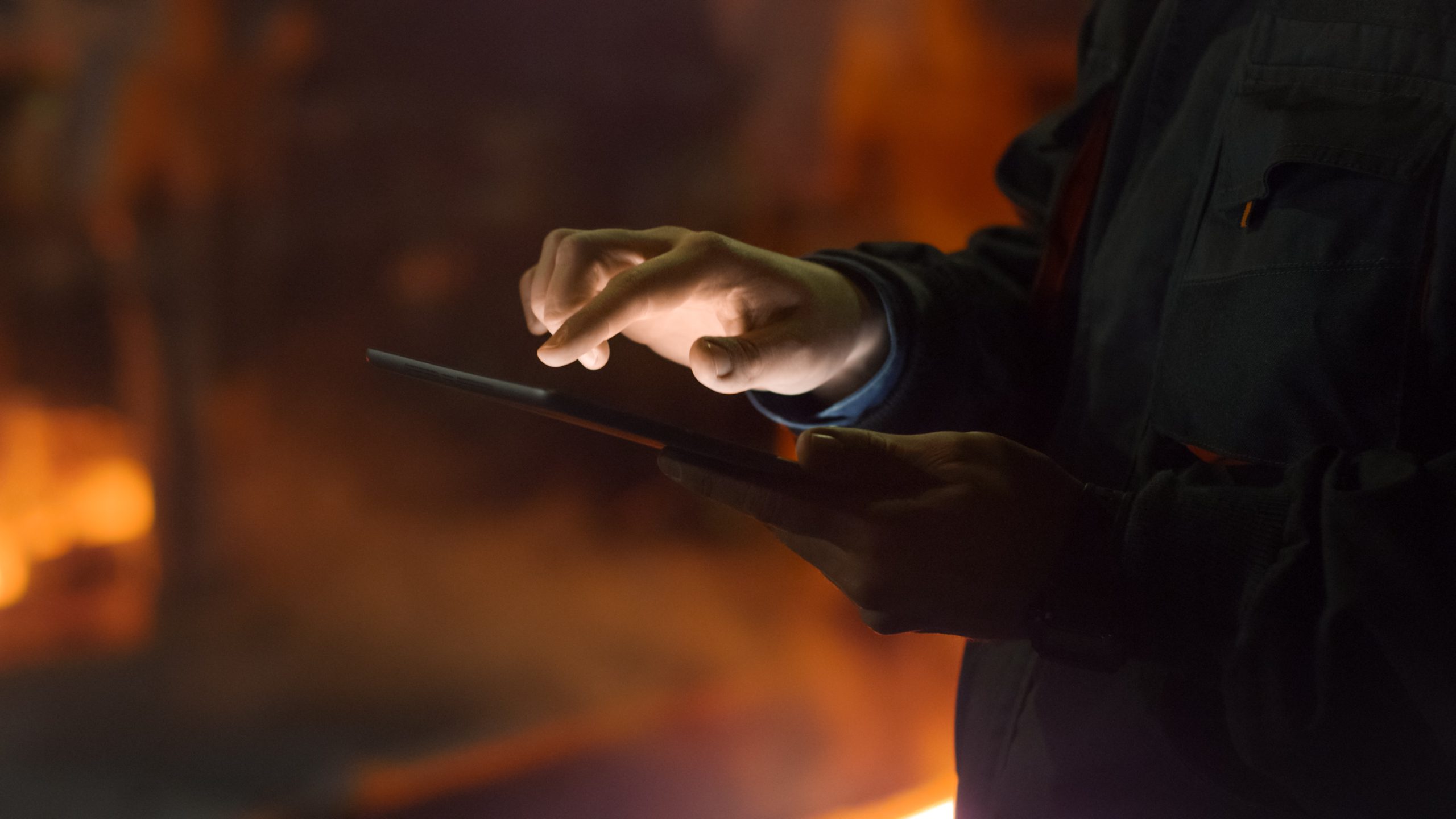Importance of Personal Protective Equipment (PPE)
Personal Protective Equipment (PPE) is designed to prevent employees from exposure to hazards that can cause serious injuries. Exposure to various types of hazards such as chemical, biological, and physical hazards.
Why Use Personal Protective Equipment (PPE)
Accidents can happen anytime at the workplace in any industry. You surely don’t want employees to get into an accidental situation and hurt themselves. Therefore, PPEs are used in accordance with regulatory standards to prevent workplace hazards. The National Institute of Occupational Safety & Health recommends the regular use of PPE because they play an important role in preventing serious and unnecessary workplace injuries. Also, minimizes exposure to chemical and hazardous substances.
Employees must comply with work regulations to ensure that PPE provided is used properly and responsibly. Moreover, workers must wear personal protective equipment in accordance with the instructions provided to them. In order to ensure the safety and effectiveness of the equipment, it should be thoroughly inspected before use by the user. Any defects or concerns should be reported to the appropriate line manager. As the personal protective equipment has been used, it should be returned to the designated storage area.

Personal Protective Equipment

7 Types of Personal Protective Equipment
A particular type of protective equipment is appropriate for a particular type of job, as personal protective equipment differs from industry to industry. For instance, construction workers must wear helmets for the protection of their heads, as well as steel-toe boots for the protection of their feet, and gloves to protect their hands when dealing with dangerous tools. There is a substantial influence on this when it comes to the frequency of certain types of work-related injuries. Your type of industry and work will make PPE fit best for its purpose.
The following are seven important types of PPE:
1. Eye and Face Protection
Face and especially the eyes are both very sensitive, therefore they must be protected while working with hazardous materials. Safety glasses (safety goggles) are one of the PPE, which are used to protect the eyes fully and the face area near the eyes. This in all prevents hazardous air particles and flying scraps from eyes and face injuries.
When we talk about head injuries at the workplace, they can be common due to tripping, falling, or close exposure to heat or sharp materials around. Due to this, it is highly important to wear a hard safety helmet with shock-absorbing lining that is durable and of excellent quality. The safety helmet should also be water-resistant and should be difficult to burn.

3. Body Protection
Body and skin if exposed to hazardous substances can cause severe injuries. You must be all protected! There are specific types of equipment that can protect you from potential accidents at the workplace. Such as breathable protective clothing (coveralls), which prevents you from getting fire/heat burns and other hazardous injuries. The coverall fully protects your skin while putting forward your comfort. It can be easily worn and carried at the workplace. PPE body suits can be worn according to the job nature.

4. Hands are Arm Protection
While working with harmful substances, your arms and hands shall be fully protected. Protective gloves, arm guards, and protective leather (synthetic) gloves, are used to protect your hands and arms, depending on the nature of your work. There are several other protective gloves H2AIM serves fully to protect the employees.

5. Foot Protection
Working on-site surely involves a lot of walking into hazardous sites. There can be several types of hazardous materials lying down on the floor that workers can overlook, causing a foot injury. Safety shoes, toe guards, shin guards, and metatarsal guards protect from different types of hazards, especially compression hazards. Safety shoes should be always on your checklist just like all other PPEs.

6. Ear Protection
Industry work can be very loud causing harm to the ears if it is regular. Ear muffs shall be properly worn to cancel the noise effect overall, giving your ears a rest. As we all know being exposed to noise pollution regularly can cause damage to the ears, therefore, these ear muffs fully protect the ears.

7. Respiratory Protection
When dealing with toxic materials, there is a possibility of inhalation. To prevent such dangerous situations, half-face or full-face respiratory masks shall be worn. Some masks can be simple, while some attached to an oxygen tank. Respiratory masks shall be worn depending upon how close you are to dealing with hazardous/toxic substances, taking notes of time intervals.

Benefits of PPE
Proper investment and appropriate use of personal protective equipment can assist in preventing and reducing workplace accidents and illnesses. You can avoid accidents, HSE investigations, legal costs, and compensation payouts for your organization by complying with your health and safety requirements according to regulatory standards. A happy workforce increases productivity, and a good reputation can be achieved by taking care of the health, safety, and welfare of your employees. Moreover, the initial cost of purchasing personal protective equipment is quickly covered by the savings realized by reducing staff sickness, absence, and turnover.
- Enhanced Employee Confidence
- Staff turnover is reduced
- No more fines and negative legal formalities
- Enhanced Work Efficiency Rate
- A Better Company Reputation By Taking Care of Your Clients
H2AIM, being a leading provider of Fire Protection, Safety Equipment, and Non-Destructive Testing (NDT) products are committed to delivering the best services to its clients globally. Offering a wide range of PPE products, H2AIM values employee safety. Our extensive range of products will assist you to comply with the safety of your employees and regulatory standards.
Enhance Safety With H2AIM
